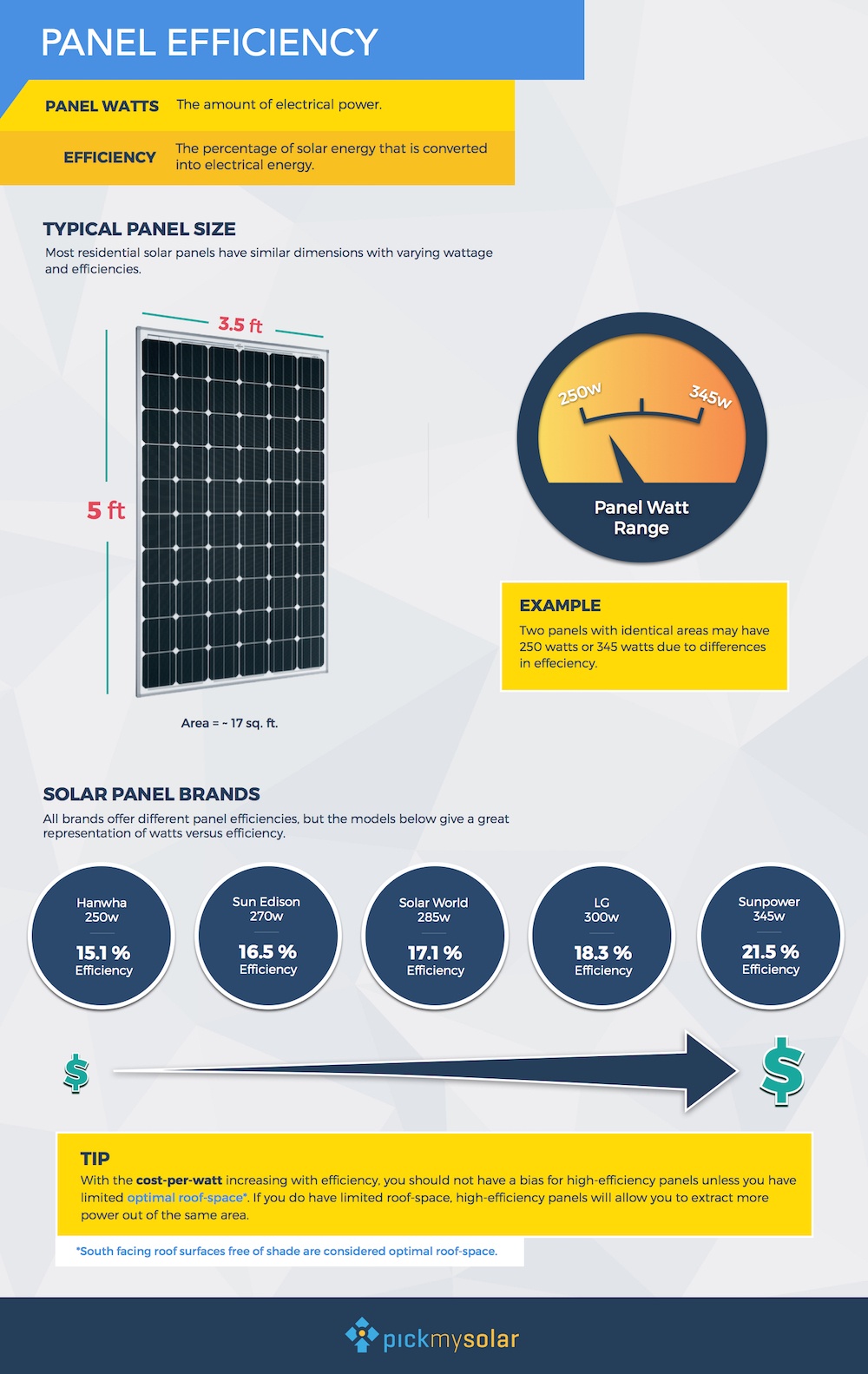
Buying a solar system for your home can be a confusing process. At Solar.com we’re committed to helping homeowners sort through it all and go solar with confidence. Here are some common mistakes homeowners make while going solar.
1. They miss out on rebates
Currently, there is a 30% federal investment tax credit for solar which is installed prior to December 31, 2016. States, cities, counties, and utilities all over the country offer various rebates and tax credits in addition to the federal ITC. Be sure to research all of the subsidies in your area before purchasing your system. Remember, if you lease your system or sign a power purchase agreement (PPA), you do not own your system and so the tax credit and rebates go to the solar company, not you. This means you may lose out on more than half the value you would have realized if you had purchased the system. If you can take advantage of these incentives, purchase the system with cash or finance it with one of the many solar financing options in the market.
2. They don’t shop around
Solar is a growing market and consumer knowledge is low. Predatory solar companies and salesmen take advantage of this lack of knowledge by overcharging homeowners and using sales tactics to pressure homeowners into signing a contract which may not be in their best interest. Recently, we had a customer show us a quote they received for $7.15/watt. Read about it here. On average, we find quotes for less than half that price. At Solar.com, we eliminate the salesmen and collect bids from dozens of top solar companies while keeping your information completely confidential. This means you are not harassed by numerous installers calling you and knocking on your door. No obligation, completely hassle free.
3. They don’t get the right size system
Our customers often show us competing bids they have received, and we are surprised to find how often installers oversize the solar systems they design. Installers have a financial motivation to sell larger systems, but it may not make sense for the homeowner. Installers will put panels in sub-optimal spaces to increase the size, but the savings won’t be realized by the homeowner. If a system is oversized, some utilities will not allow it to be turned on. Each utility’s electricity pricing tiers dictate the ideal amount of electricity your solar system should offset – it’s almost always less than 100%.
4. They don’t ask enough questions
Solar PV systems require a lot of components. With panels, inverters, panel boxes and more, there’s a lot to consider. Workmanship warranties from solar companies range from 1-25 years and each component has its own manufacturer’s warranty with similar ranges. Warranties are one of the most important factors in a solar system and are far too often overlooked. If your system breaks and there is no warranty, you’re out of luck. Be sure to ask your solar company for specifics on their warranties. Solar.com considers both component and workmanship warranties as well as panel bankability (read more here) in our bid assessment algorithm in order to make sure our customers get deals that won’t come back to bite them.
CONCLUSION:
So, you could do all this and hope you find a great deal, or you could use Solar.com and have them do the work for you at no cost. Check out the Bid Generator to get started!



